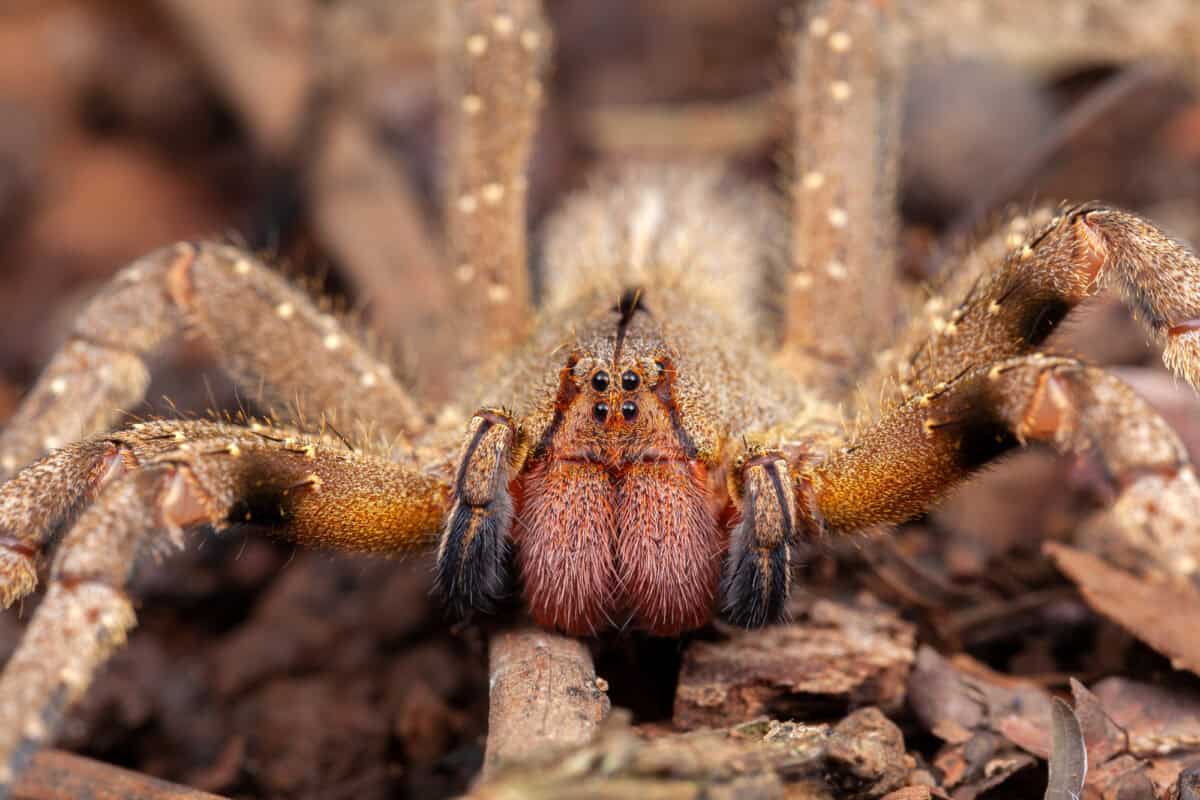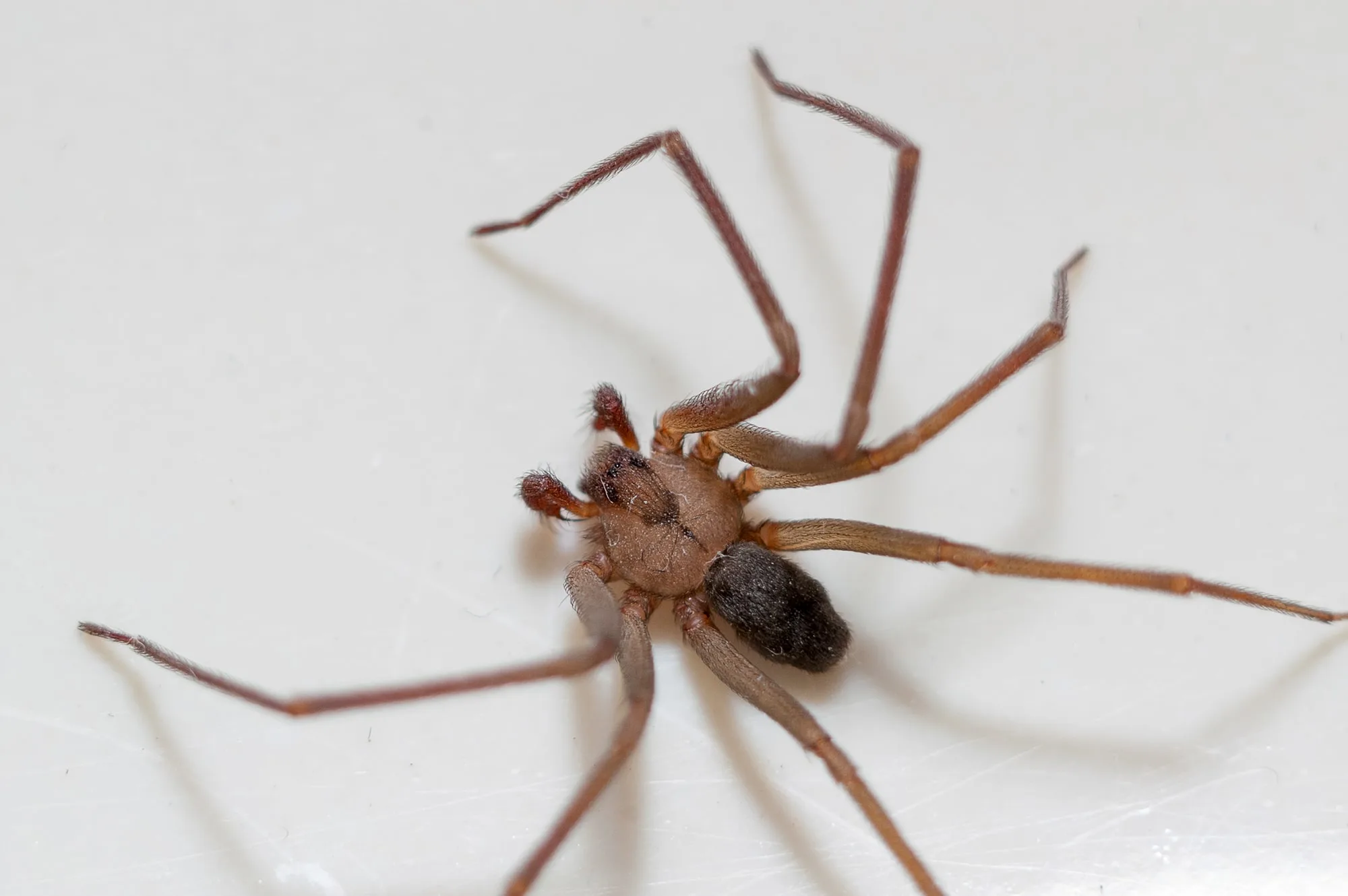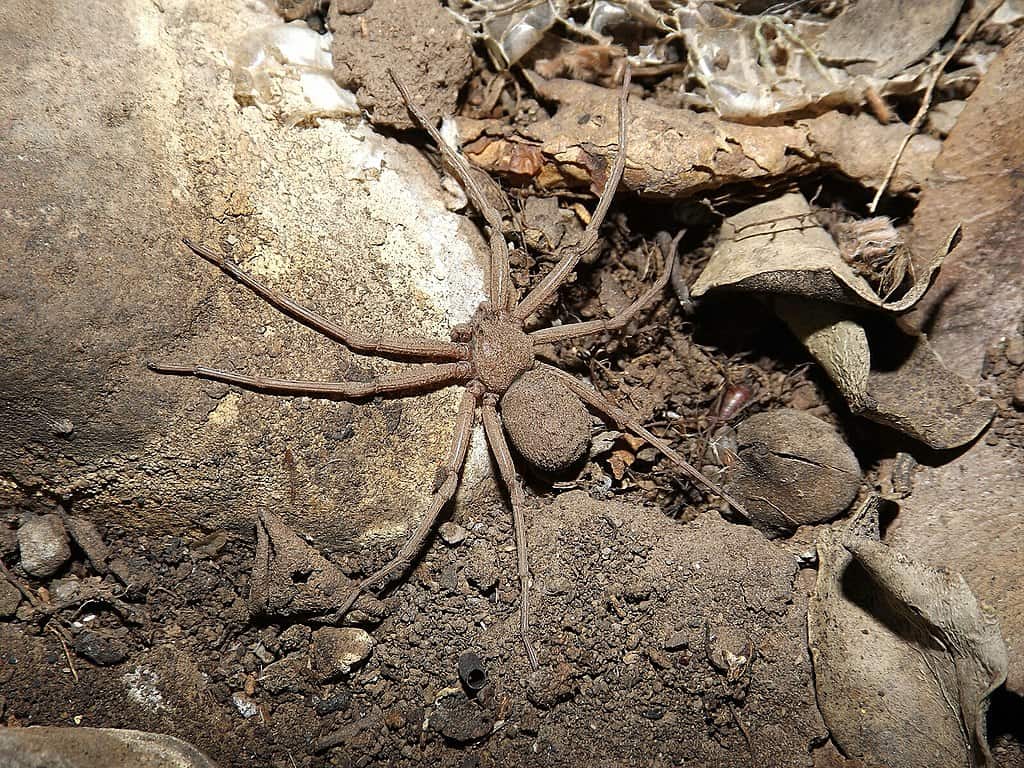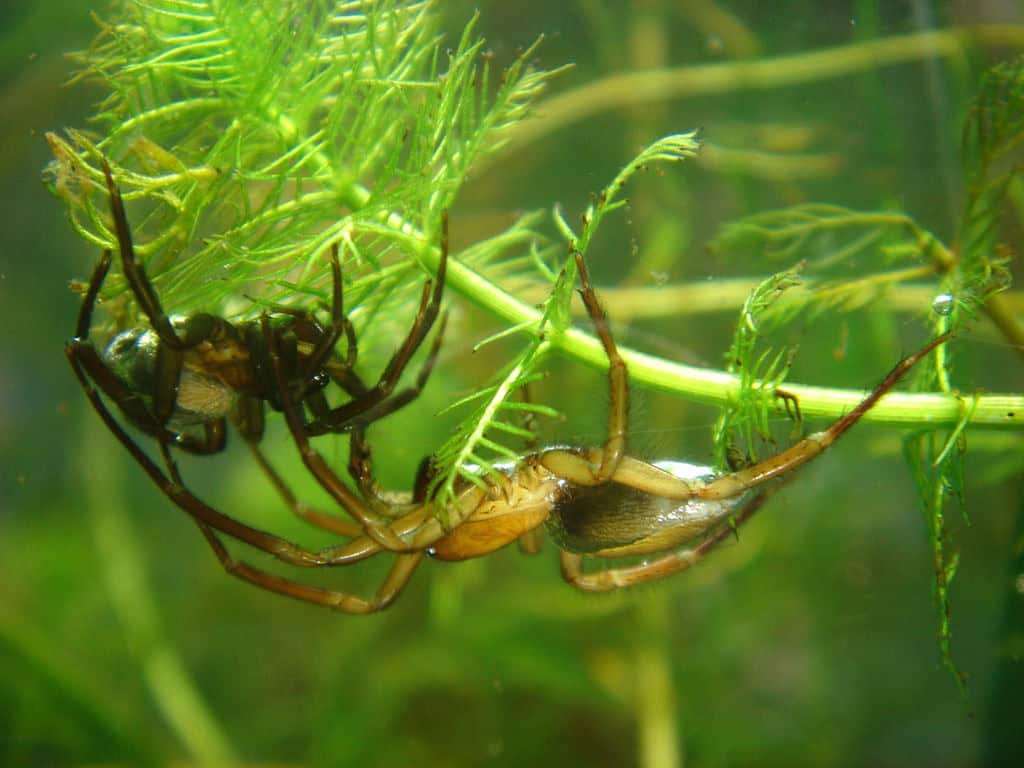Spiders are among the most fascinating and diverse creatures on Earth. With over 45,000 different species identified, these arachnids play essential roles in ecosystems, particularly as predators of insects. However, some spiders wield venom that can be highly dangerous to humans. In this article, we explore ten of the deadliest spiders, focusing on their venom strength and potential impacts on humans.
1. Brazilian Wandering Spider

The Brazilian Wandering Spider, particularly the Phoneutria nigriventer, tops the list with highly potent venom. Native to South and Central America, these spiders belong to the Ctenidae family and are known for their wandering nature, often entering human dwellings. Their venom contains a potent neurotoxin that can cause muscle paralysis and respiratory problems, sometimes leading to death in severe cases.
2. Sydney Funnel-Web Spider

Found in Australia, the Sydney Funnel-Web Spider (Atrax robustus) is notorious for its aggressive behaviour and highly toxic venom. The primary component of its venom, atracotoxin, affects the nervous system and can cause severe symptoms such as muscle spasms, breathing difficulties, and even coma or death if untreated. Fortunately, an effective antivenom is available.
3. Black Widow Spider

The Black Widow Spider, famous for its distinctive red hourglass marking, is found worldwide, particularly in the United States. This spider’s venom is fifteen times more potent than a rattlesnake’s, containing the neurotoxin latrotoxin. Bites can lead to latrodectism, characterized by muscle cramps, severe pain, and systemic effects that, while rarely fatal, require medical attention.
4. Brown Recluse Spider

The Brown Recluse Spider (Loxosceles reclusa), native to the United States, is feared for its necrotic venom. The venom contains enzymes that destroy cell membranes, leading to tissue damage and necrosis. While bites are often not deadly, they can result in significant medical issues if left untreated.
5. Six-Eyed Sand Spider

Native to the deserts of Southern Africa, the Six-Eyed Sand Spider (Sicarius hahni) is a reclusive creature that rarely bites humans. However, its venom is highly toxic, containing cytotoxins that can cause significant tissue destruction and hemolysis. There is no known antivenom, making caution essential when encountering this spider.
6. Chilean Recluse Spider

Related to the Brown Recluse, the Chilean Recluse Spider (Loxosceles laeta) is considered one of the most dangerous recluse species. Found in South America, its venom has strong necrotic and hemolytic properties, causing severe skin lesions and, in rare cases, organ failure. Proper medical intervention is crucial following a bite.
7. Redback Spider

The Redback Spider, closely related to the Black Widow, is prevalent in Australia. Its venom contains alpha-latrotoxin, capable of causing severe pain, muscle rigidity, and systemic effects. Bites can be life-threatening to children and the elderly but are treatable with the appropriate antivenom.
8. Chinese Bird Spider

Known for its large size, the Chinese Bird Spider (Haplopelma schmidti) inhabits Southeast Asia. Its venom contains a complex mix of neurotoxins that can cause severe pain, breathing difficulties, and potential cardiac issues. While bites are rare, they can be serious, necessitating medical care.
9. Mouse Spider

Found in Australia, the Mouse Spider (Missulena spp.) has venom similar to the Sydney Funnel-Web Spider but is less aggressive. Its venom can cause similar symptoms, including sweating, muscle twitching, and severe pain. There is an effective antivenom available for treatment.
10. Wolf Spider

While the Wolf Spider (family Lycosidae) is generally not considered lethal, its venom can cause significant medical issues in the case of allergic reactions or secondary infections. Found worldwide, these spiders are fast-moving hunters whose bites can be painful and cause swelling and mild necrosis.
Conclusion

Understanding these venomous spiders is essential for appreciating the diversity and complexity of the arachnid world. While most spiders pose little to no risk to humans, those with potent venom require respect and caution. If bitten, seeking prompt medical attention is crucial, especially in regions where these spiders are common. Knowledge and awareness are key in coexisting with these fascinating yet sometimes dangerous creatures.
- Why Pandas Were Once Nearly Extinct—and How China Saved Them - August 9, 2025
- This Fish Has the Most Teeth in the Ocean—And Uses Them Well - August 9, 2025
- How Wolves Use Group Howls to Reunite With Pups - August 9, 2025
